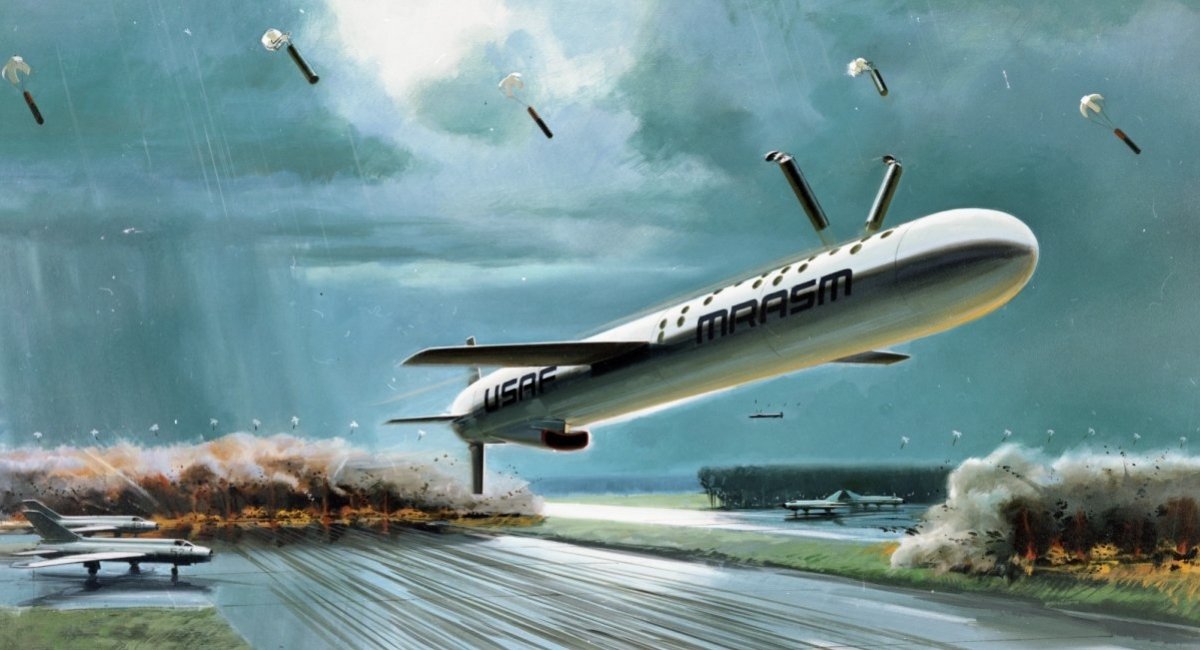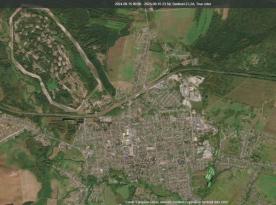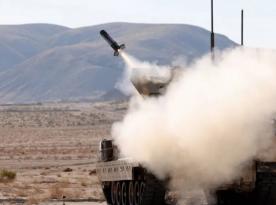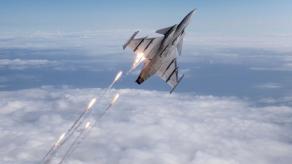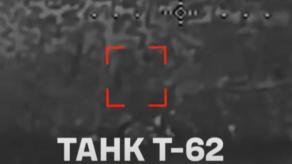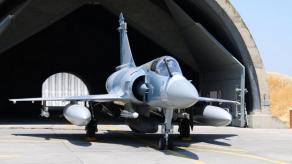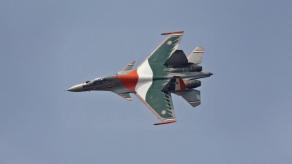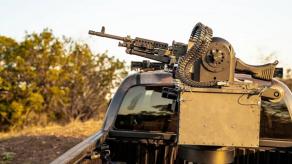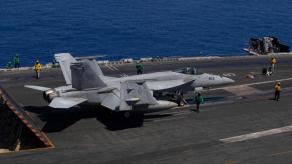The war in Ukraine has been a lot about the exchange of long-range strikes, among which military airfields and command centers have been of particular importance. When it comes to destroying russian airfields, the first weapon to come to mind is the Army Tactical Missile System, or ATACMS, with a cluster warhead, although sometimes ignoring how many of them are actually needed to completely cover such a large target.
But an alternative method to disable an air base for a fairly long time is by destroying just its runway and thereby rendering all enemy aircraft unable to take off. Exactly this concept became central to the idea of a cruise missile development pitched in the Pentagon in the late 1970s, before the French even began to draw their Apache, the predecessor of modern SCALP-EG.
Read more: How Many ATACMS It Takes to Wipe Out a russian Airfield
During the development of the Tomahawk Cruise missile, an airfield attack version was proposed.This was to utilize runway-cratering submunitions as an alternative to manned missions or nuclear strikes to disable a Soviet airfield in a war.This was MRASM BKEP, or AGM-109H. pic.twitter.com/cHINqkKjNa— Heatloss (@heatloss1986) January 10, 2025
The US Navy and Air Force joined hands for a project to develop a separate version of the Tomahawk MRASM (Medium Range Air-to-Surface Missile) AGM-109H cruise missile that would have a cluster warhead covering a wide area but a shorter range. The topic is highlighted in an in-depth post by online columnist Heatloss.
The project took off at the time when the USA participated in the development of the JP233 suspension system for the British Tornado fighter aircraft, the pylon had to carry SG-357 concrete-piercing munitions and HB-876 anti-personnel mines dropping them on enemy airfields. Of course, that means the carrier would have to fly deep into hostile territory and pass directly over the target — an enormous risk.
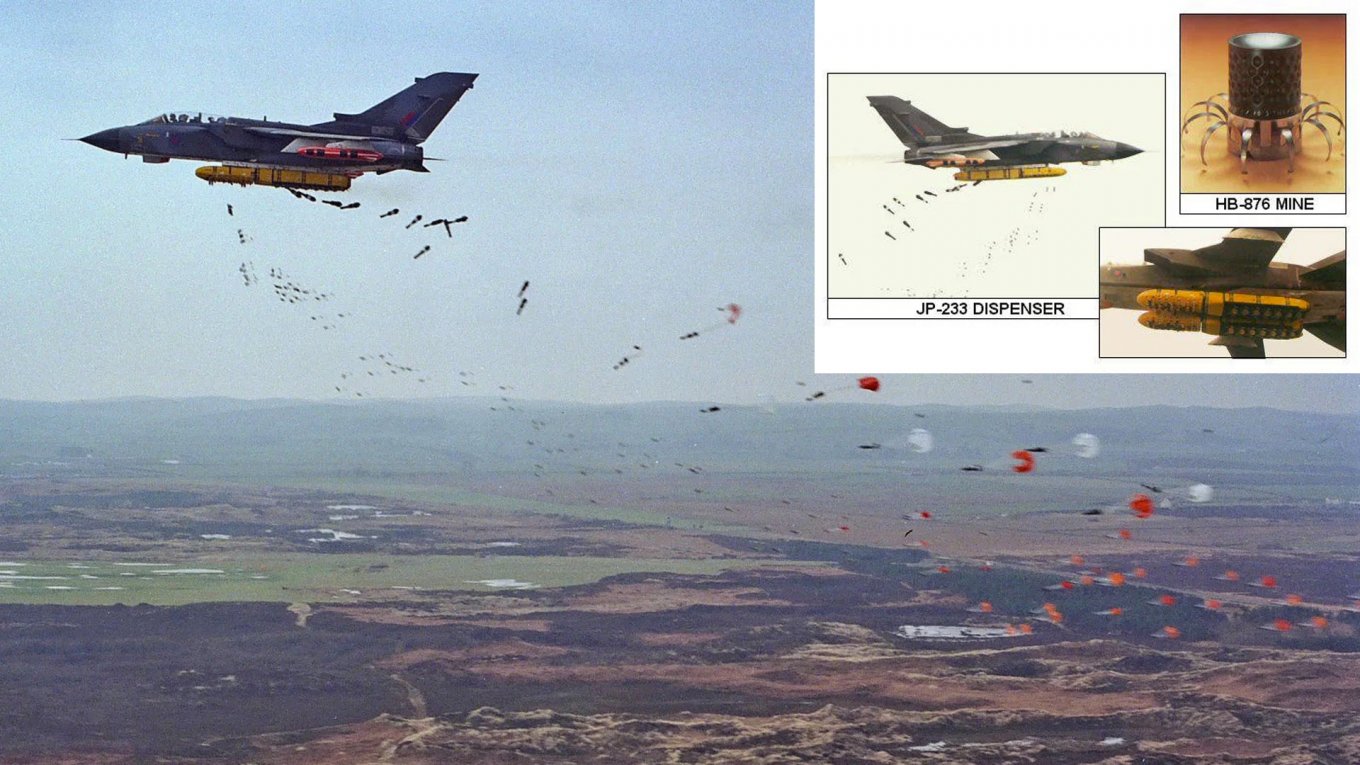
On the other hand, implementing the same capability on a cruise missile allows to complete the mission without any risk to the pilot and with objectively greater efficiency. The necessary accuracy would be provided by the Tomahawk's DSMAC navigation and guidance system.
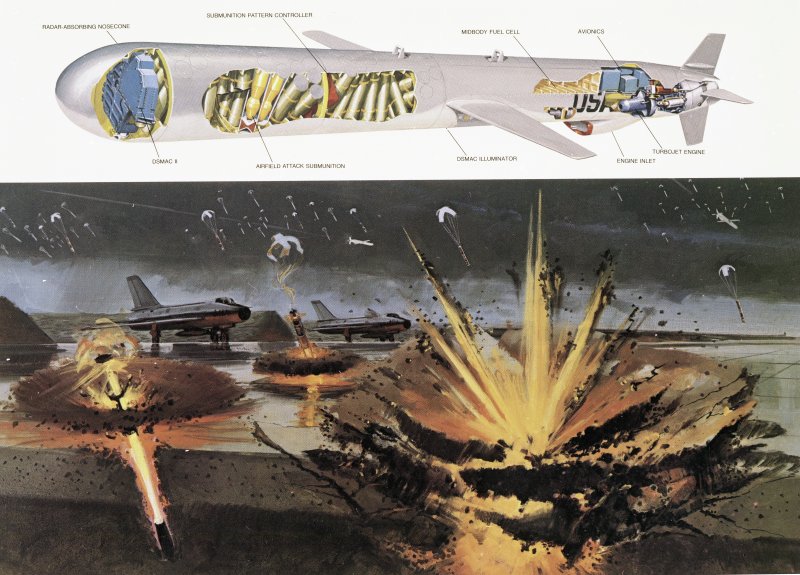
The plan was to have the missile equipped with 60 to 80 TAAMs (Tactical Airfield Attack Munitions), also developed at that time by Lawrence Livermore National Laboratory. The new Tomahawk was supposed to fly in a straight line and discharge TAAMs upwards and to the sides at given intervals. This way, the entire width and length of the runway was affected.
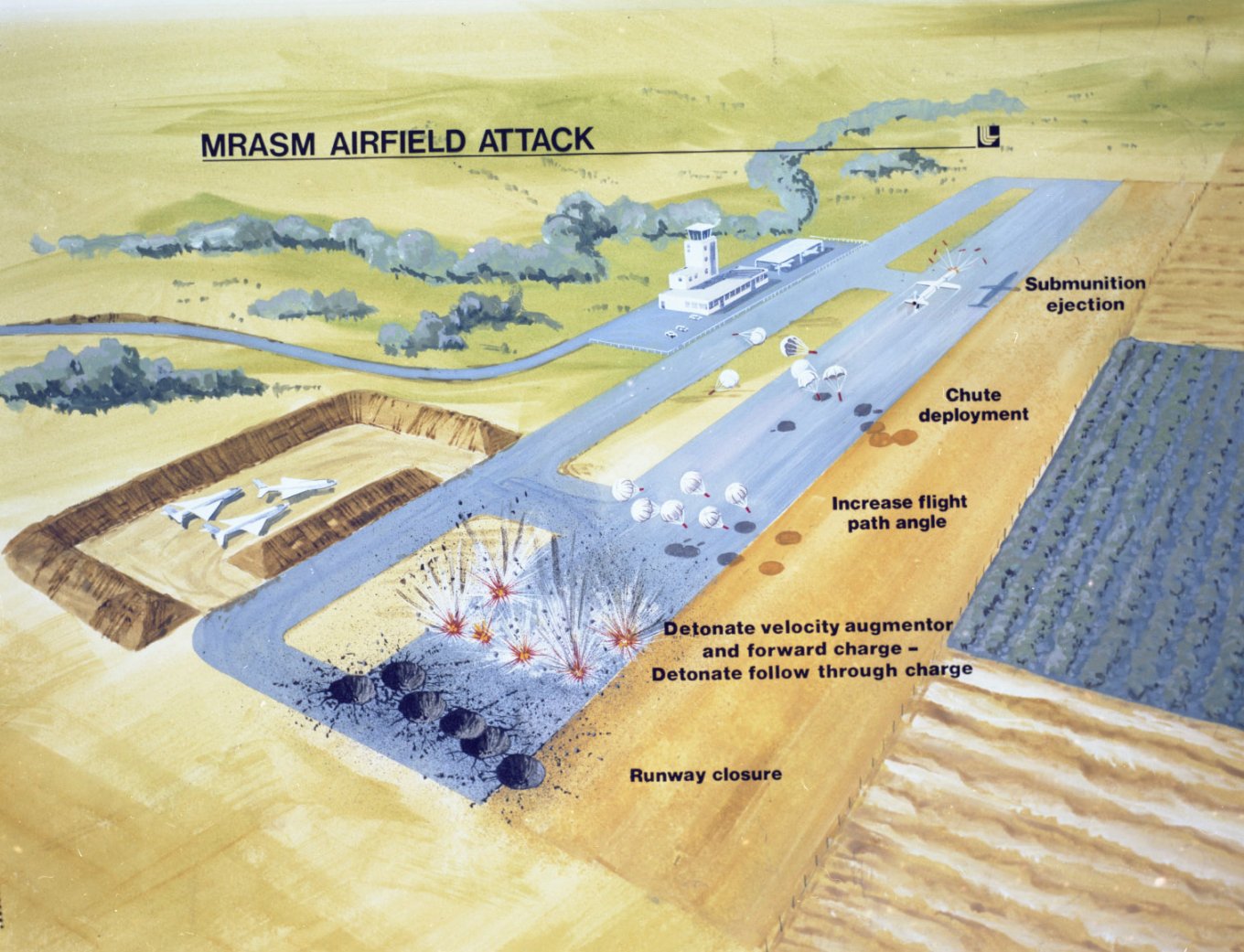
However, in 1982, the development of TAAM submunitions was stopped. Therefore, the AGM-109H designers started considering other solutions, this time ready-made. Particularly, there was interest in the German STABO and the American BLU-106 BKEP but these options required an overhaul of thee Tomahawk launch system. While a TAAM could fit into the diameter of the missile body, the suggested alternatives only fit horizontally.
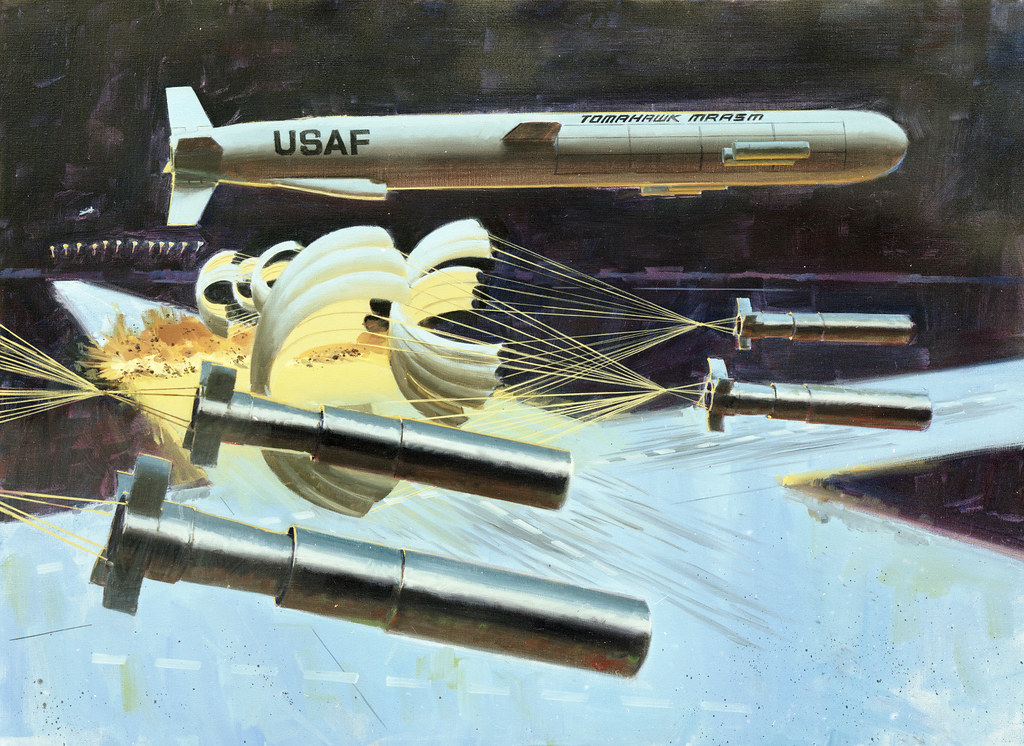
Priority was given to the American product BLU-106 BKEP, it is a submunition over 1 meter long with a parachute for stabilization, a jet booster for kinetic penetration of concrete, and a warhead weighing 3 kg triggered once already inside the obstacle.
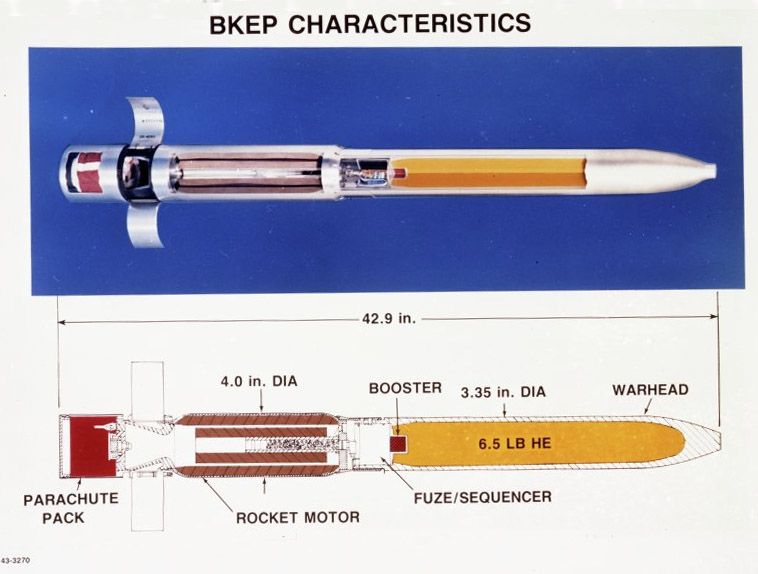
But the project stalled for too long, it began to go over the allocated budget and lose support in the Pentagon, even though the cluster version of Tomahawk could potentially be used with different types of submunitions and for a variety of roles. In 1982, the US Navy withdrew from the joint project, and two years later the US Air Force followed suit, thus ending the history of the MRASM project.

Ultimately, the US Air Force was supplied with French BLU-107 Durandal air-launched bunker buster bombs from Matra (now MBDA), weighing 200 kg each, including 100 kg of explosives. Using them however required flying over the enemy runway.
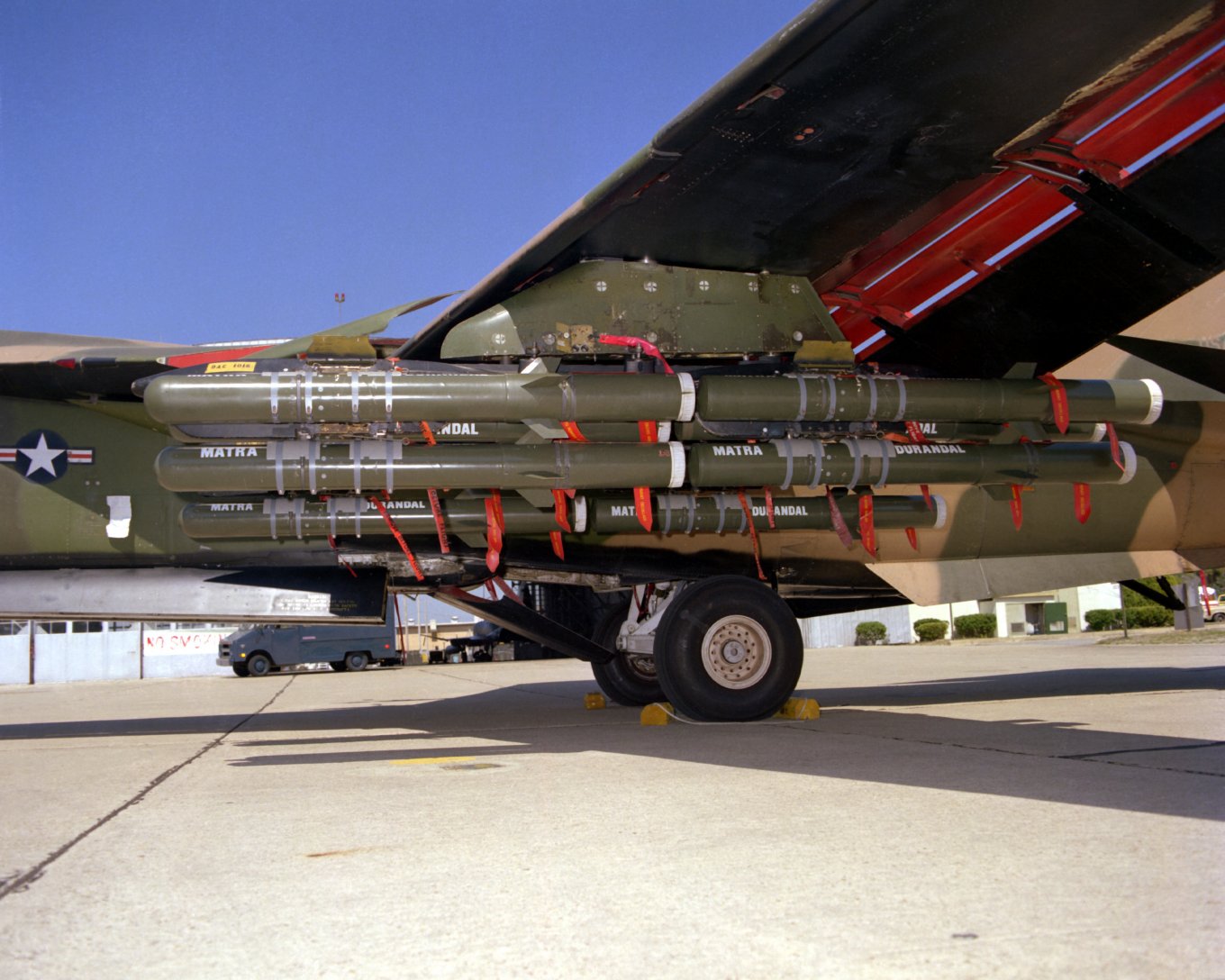
Read more: Ukraine Needs to Strike Twelve Key Factories With Tomahawks to Paralyze Missile Production in russia



